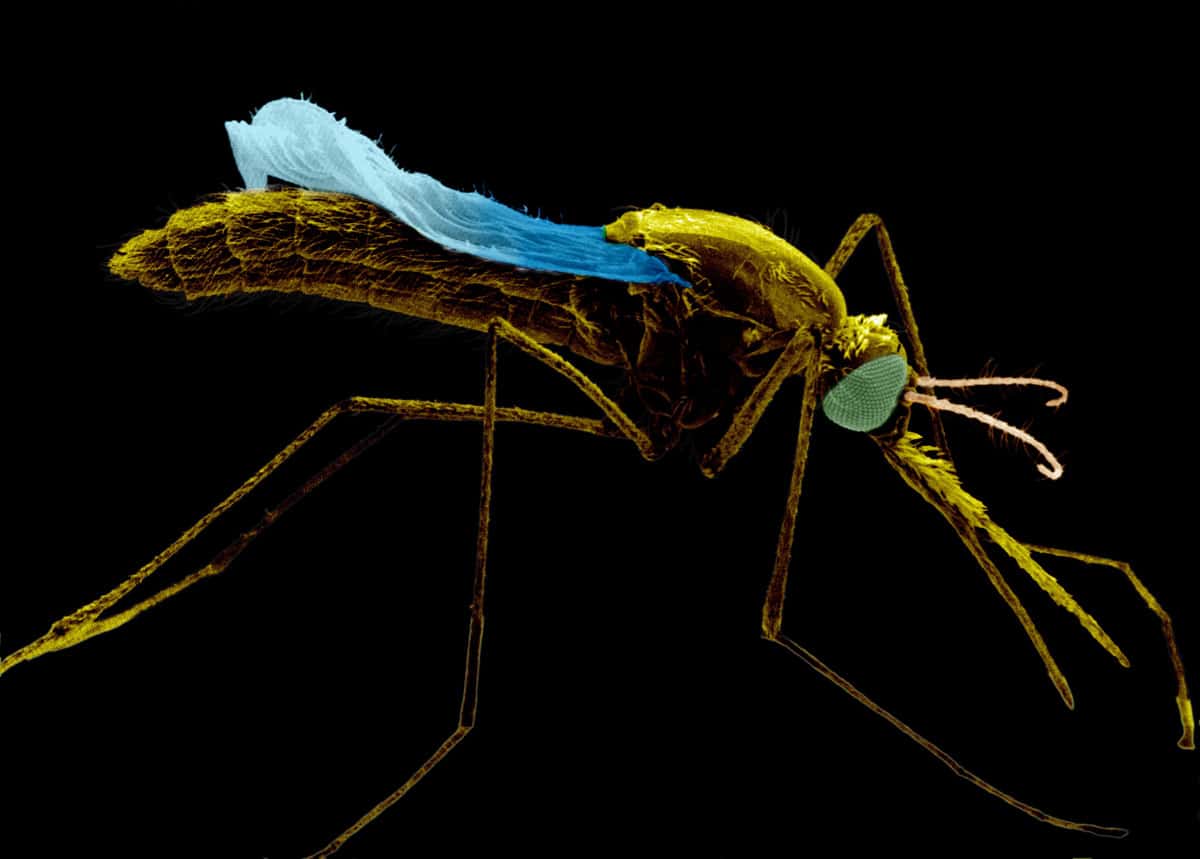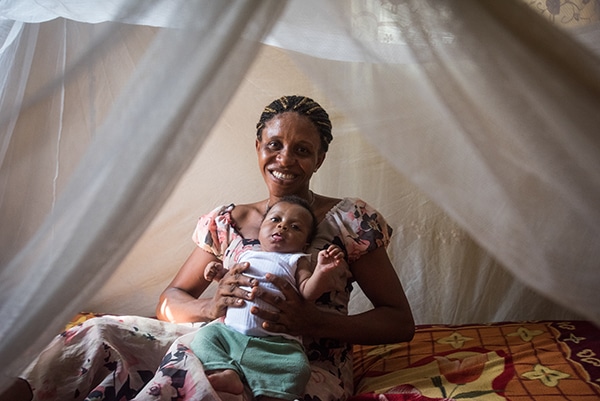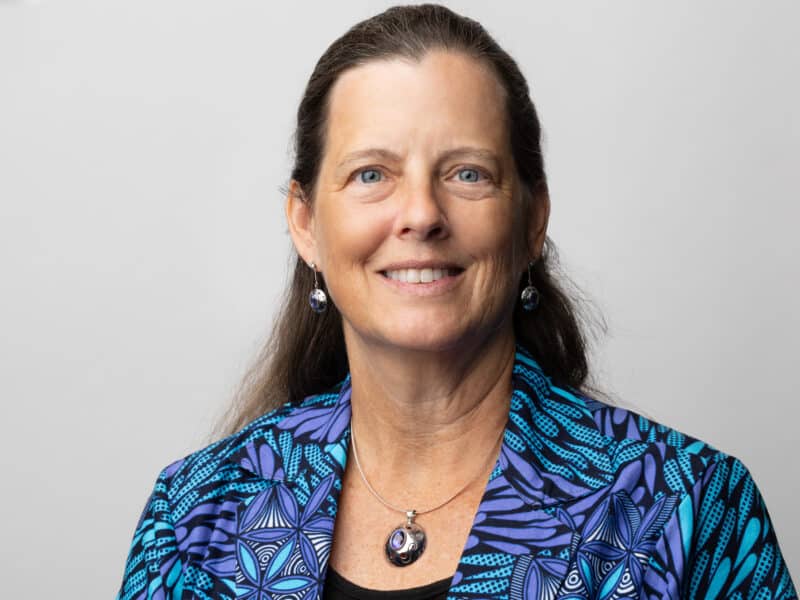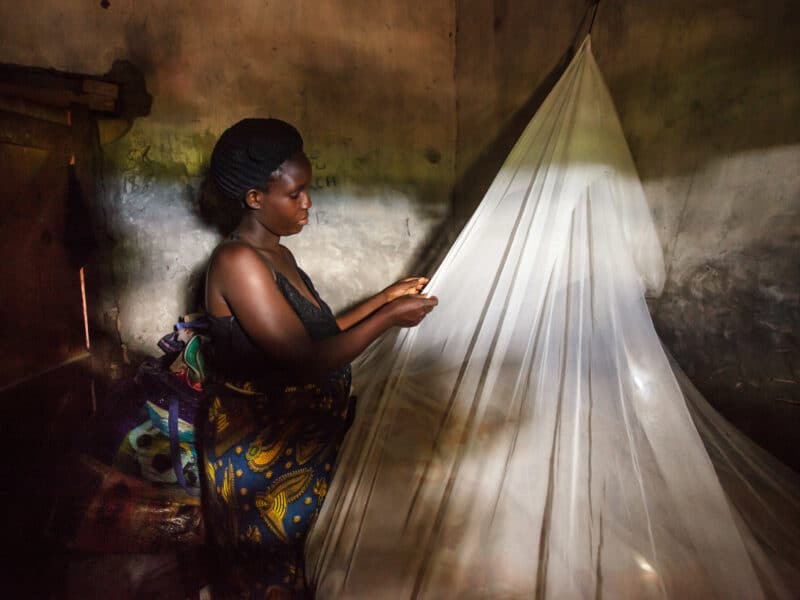Anopheles stephensi – the Asian malaria mosquito – is causing concern in Africa after being increasingly found on the continent in recent years.
In Africa, where much malaria control depends on sleeping under insecticide-treated bed nets and spraying inside homes, An. stephensi poses a different challenge: It is often found in urban areas, in the same standing water that breeds Aedes aegypti, the mosquito that carries dengue, Zika and more, as opposed to in rural areas where other Anopheles mosquitoes that typically spread malaria are found.
As the malaria world continues to take more notice of this Asian species on African soil, one model suggests that it could eventually put at least 126 million people at risk.
In a commentary in Malaria Journal published May 31, the Johns Hopkins Center for Communications’ April Monroe along with Abraham Mnzava and Fredros Okumu of Tanzania say that the presence of An. stephensi should be viewed as a symptom of a broader and more important problem – weakened vector surveillance and control problems such as the scourge of insecticide resistance among mosquitoes.
“Anopheles stephensi is a threat to the successes we have made to control and, in some places, eliminate malaria,” Monroe says. “And, since malaria is not typically seen as a major threat to people who live in cities, a vector well suited to urban environments is cause for concern.”
An. stephensi was historically considered an Asian malaria vector and has been one of the major drivers of transmission in cities across India, Iran and Pakistan, as well as the Arabian Peninsula. It was detected in Africa for the first time in 2012, in the city of Djibouti. Subsequent investigations have confirmed the presence of the vector species in multiple sites in Ethiopia, Somalia, and Sudan, where one of the latest discoveries happened serendipitously during an urban search for another type of mosquito.
In 2019, the World Health Organization released a threat notice highlighting the spread of An. stephensi in the Horn of Africa and warned public health authorities to be vigilant. “This alert, though issued seven years after the initial observations in Djibouti, has played an essential role in galvanizing efforts to address the threat,” the authors write. “While there is now increasing awareness within the global malaria community, responses to date have largely been siloed and reactionary. In particular, the problem is by the scientific community as simply another research problem — thus ignoring the broader issues that most malaria control programs currently face.”
That’s why there is a real need for better surveillance systems that can determine where An. stephensi is and how much it is contributing to malaria cases to reduce the risk it poses.
The solution isn’t to focus on An. stephensi on its own, Monroe says, but to find ways to piggyback on mosquito control methods and campaigns already used for reducing the threat of dengue and other Aedes-borne diseases. For example, having people reduce standing water or cover water containers where both types of mosquitoes can breed.
“An. stephensi is clearly not an isolated biological challenge; and not necessarily the most important in so far as malaria control and elimination in affected countries is concerned,” the authors write. “Efforts to address biological challenges should therefore be integrated and resources directed commensurately to suit the different contexts.”
In urban areas where malaria has been less prevalent, levels of net use are typically lower and people are not always aware that they need to seek treatment for a fever, which can be the first sign of malaria. Monroe says that an urban mosquito carrying malaria increases the importance of promoting these behaviors and understanding the unique considerations for their uptake in cities.
“We must understand that this new threat is part of a bigger picture,” Monroe says. “There are many threats, and we need to think holistically so we can be better prepared to address not only An. stephensi but new threats that emerge in the future.”
“Anopheles stephensi in Africa requires a more integrated response” was written by Abraham Mnzava, April Monroe and Fredros Okumu. Mnzava is with the African Leaders Malaria Alliance and Okumu is with Ifakara Health Institute.





